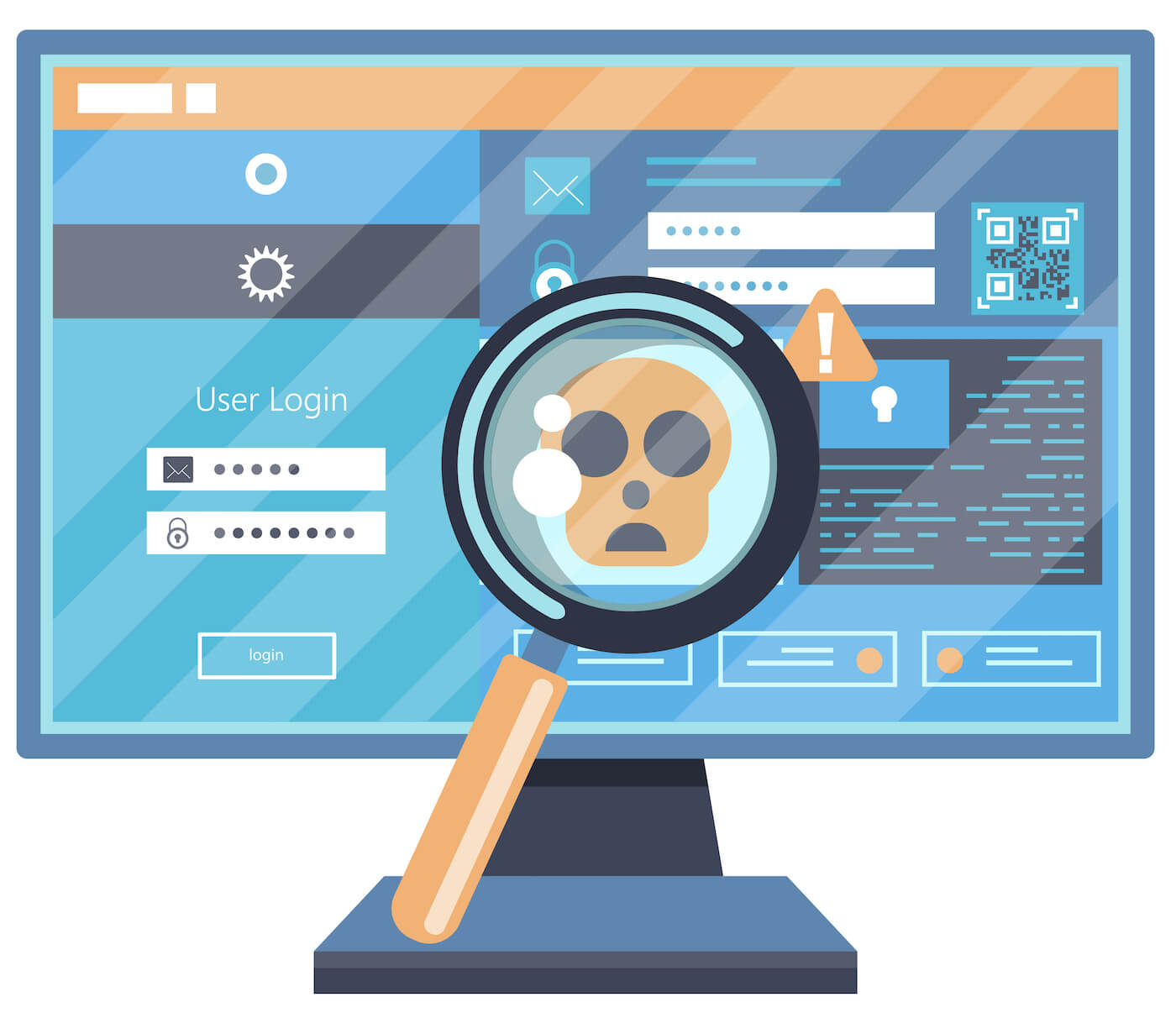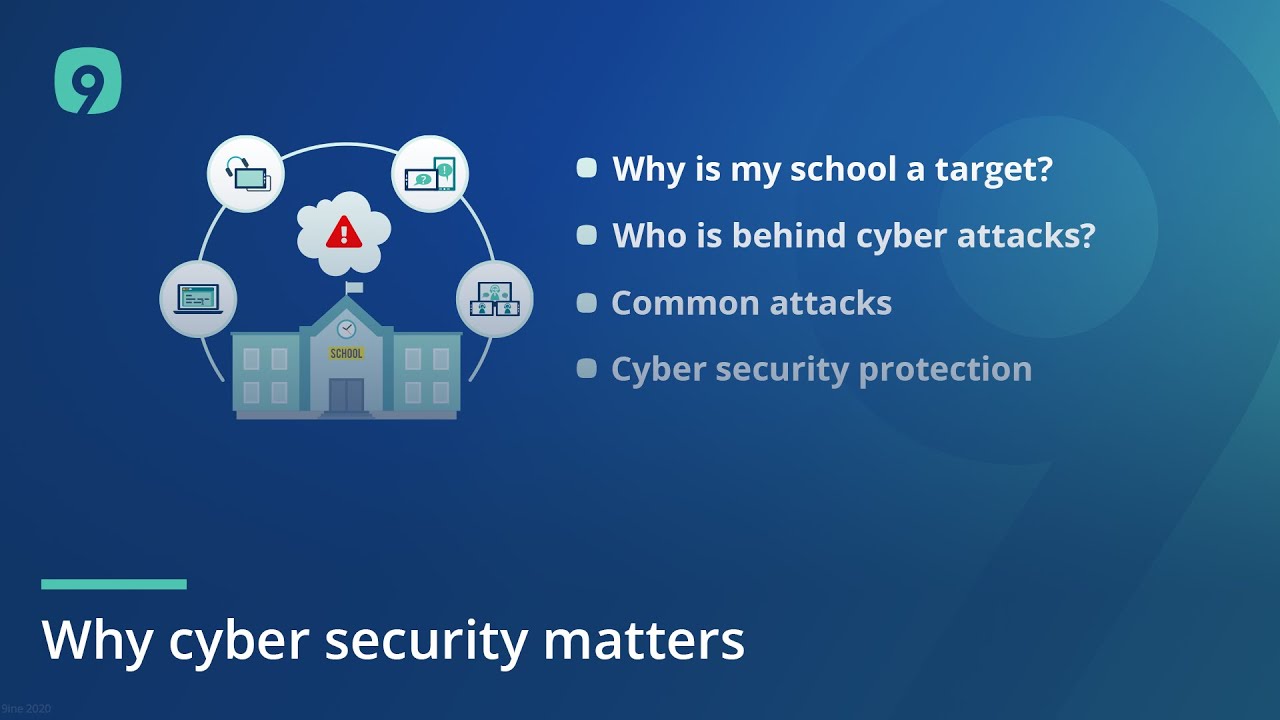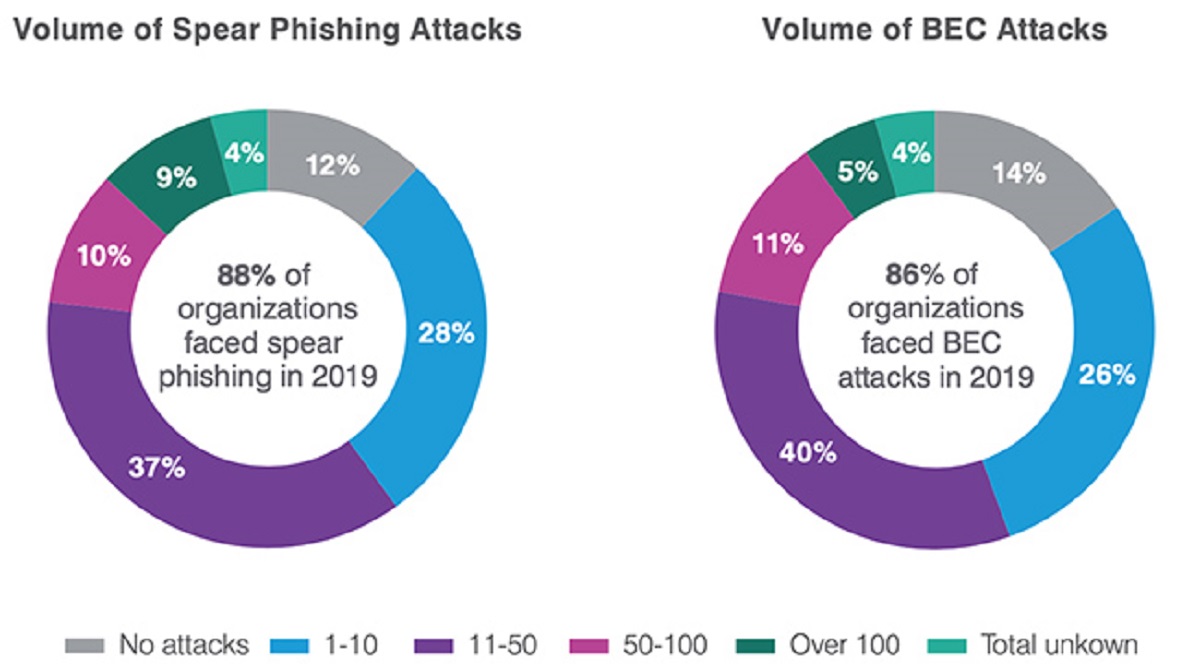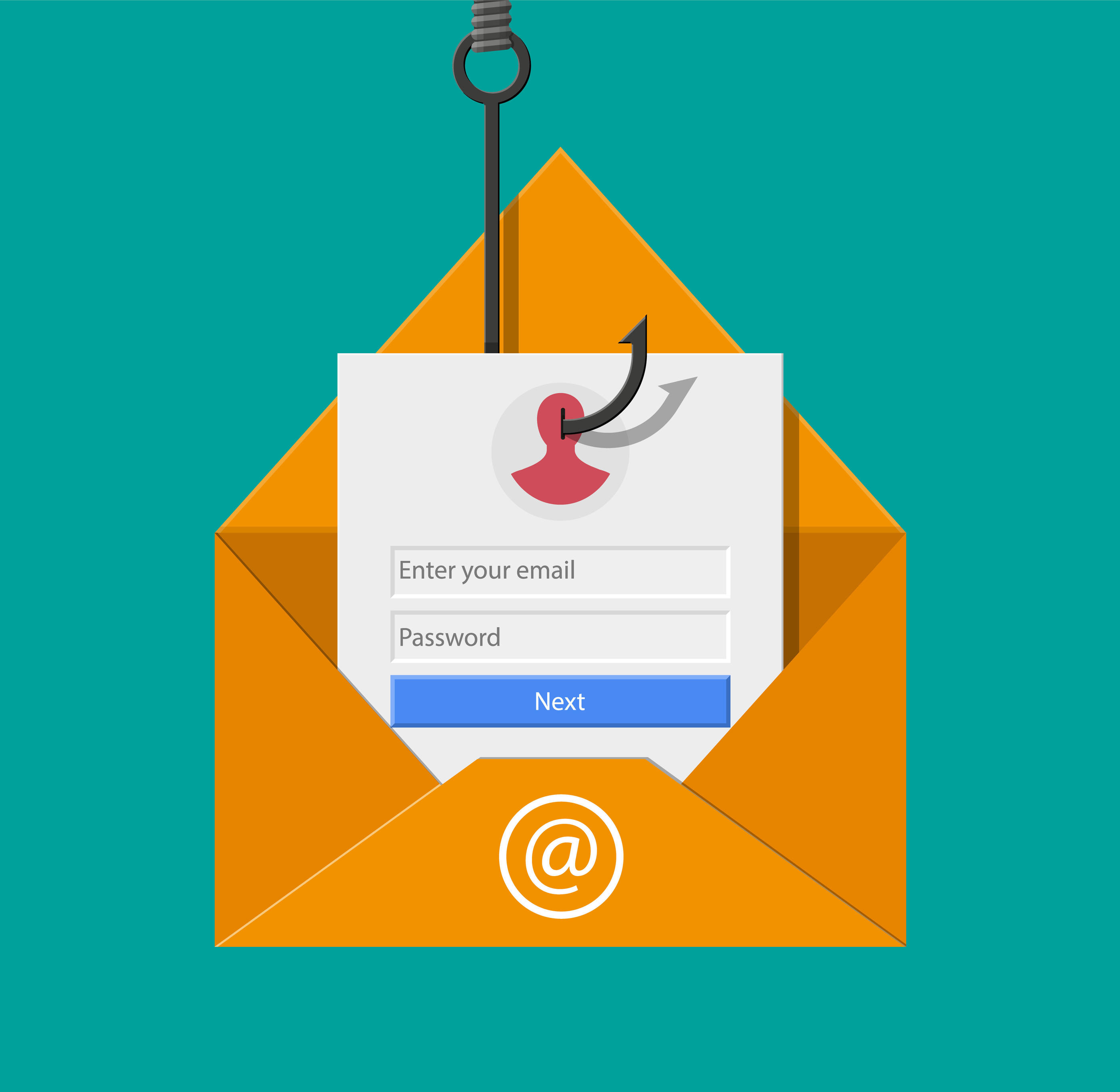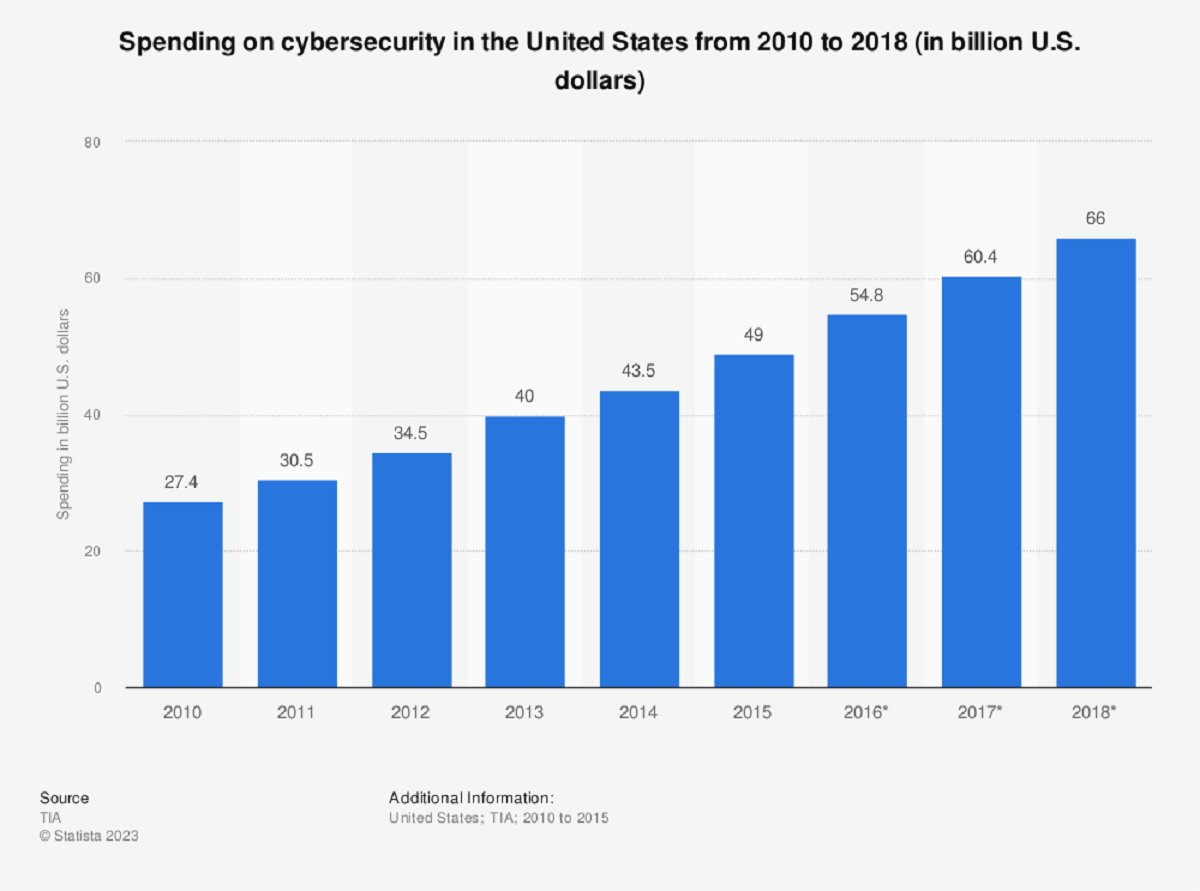Introduction
In today’s digital age, cybersecurity has become a critical concern for individuals and organizations alike. With the increasing reliance on technology and the growing number of cyber threats, it’s essential to prioritize safeguarding sensitive information. One of the most prevalent risks in the realm of cybersecurity is credential theft, where hackers gain unauthorized access to usernames and passwords. This can lead to severe consequences, ranging from financial loss and privacy breaches to reputational damage.
Workplaces, in particular, are vulnerable to credential theft due to the high volume of employees accessing various systems and platforms. As businesses rely heavily on digital tools and online communication, exclusive access credentials hold substantial value for cybercriminals. Therefore, ensuring workplace cybersecurity has become a top priority for organizations worldwide.
The purpose of this article is to shed light on the significance of workplace cybersecurity and delve into one of the greatest risks in this domain: unsecured passwords. We will explore how password reuse, brute force attacks, phishing attacks, and social engineering contribute to credential theft. Additionally, we will discuss the profound consequences of such theft and highlight effective strategies to protect against it.
By understanding the various components of credential theft and implementing preventative measures, both employers and employees can minimize the risk of falling victim to cybercriminals. Let’s dive into the intricate world of workplace cybersecurity and explore how to safeguard sensitive credentials from falling into the wrong hands.
Definition of Credential Theft
Credential theft refers to the act of unauthorized individuals gaining access to usernames and passwords. These credentials are typically used to log into various online platforms, such as email accounts, social media profiles, online banking systems, and company networks. Cybercriminals employ various techniques to obtain these credentials, ultimately allowing them to impersonate legitimate users and gain privileged access to sensitive information or services.
The stolen login credentials can be utilized in several ways, depending on the intentions of the perpetrator. In some cases, hackers may exploit the credentials themselves, directly accessing and manipulating personal or corporate accounts. In other instances, they may sell the stolen credentials on the dark web, profiting from the valuable information they possess.
Theft of credentials can occur through different methods, including phishing attacks, data breaches, malware infections, brute force attacks, and even social engineering tactics. Each approach relies on exploiting vulnerabilities in security systems or manipulating unsuspecting victims into revealing their credentials willingly.
It’s important to note that credential theft doesn’t only involve passwords. Usernames, security questions, and any other piece of personal information that is used for authentication purposes can also be targeted and stolen. Cybercriminals aim to acquire as much information as possible to bypass security measures and gain unauthorized access to accounts.
The impact of credential theft can be far-reaching. Once hackers obtain login credentials, they can potentially gain control over personal or corporate data, carry out financial transactions, spread malware, send spam emails, or launch further targeted attacks. The consequences can range from financial loss and identity theft to reputational damage for both individuals and organizations.
To protect against credential theft, it’s crucial to understand the underlying methods used by cybercriminals and implement robust security measures. By staying vigilant and adhering to best practices for password management and online security, individuals and organizations can mitigate the risks associated with credential theft.
The Importance of Workplace Cybersecurity
In today’s interconnected world, where digital technologies are deeply integrated into every aspect of business operations, ensuring workplace cybersecurity is more crucial than ever. Organizations rely heavily on technology to store, process, and transmit sensitive data and information. Therefore, any breach in cybersecurity can have severe consequences, both financially and reputationaly.
One of the key reasons for prioritizing workplace cybersecurity is the protection of sensitive and confidential information. Companies deal with a vast amount of proprietary data, customer information, financial records, and intellectual property. Such data is highly valuable to cybercriminals who seek to exploit it for monetary gain or sabotage. Breaches in cybersecurity can lead to data theft, unauthorized access, and even data manipulation, resulting in substantial financial losses and damage to a company’s reputation.
Workplace cybersecurity is also crucial for maintaining the trust of clients, partners, and stakeholders. Customers expect their personal and financial information to be kept secure when conducting transactions or interacting with an organization. A data breach or credential theft not only puts their trust at risk but also exposes them to potential identity theft or fraud. As an organization’s reputation is built on the trust of its stakeholders, maintaining strong cybersecurity measures is essential for preserving that trust.
Cybersecurity is also important from a legal and regulatory standpoint. Depending on the industry and geographical location, organizations are bound by various data protection laws and regulations. Failing to comply with these regulations can result in significant legal consequences, including fines, penalties, or legal action. By implementing robust cybersecurity measures, organizations not only fulfill their legal obligations but also demonstrate their commitment to protecting sensitive information and complying with industry standards.
Furthermore, workplace cybersecurity is crucial in safeguarding business continuity. Cyberattacks can disrupt operations, leading to costly downtime and lost productivity. The loss or theft of critical data, such as client records or intellectual property, can significantly hinder a company’s ability to operate effectively. By investing in cybersecurity measures, organizations can mitigate the risk of such disruptions and ensure that their business operations continue smoothly.
In summary, workplace cybersecurity is imperative due to its role in protecting sensitive information, maintaining trust with stakeholders, complying with legal requirements, and safeguarding business continuity. By prioritizing cybersecurity and implementing robust measures, organizations can reduce the risk of cyberattacks, financial loss, reputational damage, and legal consequences.
The Greatest Workplace Cybersecurity Risk: Unsecured Passwords
When it comes to workplace cybersecurity, one of the greatest risks lies in the use of unsecured passwords. Passwords are the most common form of authentication used to protect sensitive accounts and information. However, employees often underestimate the importance of creating strong and unique passwords, making them an easy target for cybercriminals.
The first and most prevalent problem with unsecured passwords is password reuse. Many individuals tend to reuse the same password across multiple accounts, whether it’s personal email, social media, or work-related platforms. This practice poses a significant risk as it means that if one account is compromised, all other accounts using the same password become vulnerable. Cybercriminals are aware of this common habit and actively exploit it by attempting to crack or steal passwords through various means.
Brute force attacks are another common method used to target unsecured passwords. In this type of attack, hackers systematically try countless combinations of characters and numbers until they find the correct password. With the help of automated tools, these attacks can be carried out rapidly and silently. Weak passwords, such as common dictionary words, birthdates, or simple number sequences, are particularly susceptible to brute force attacks.
Phishing attacks are yet another way cybercriminals exploit unsecured passwords. Phishing involves tricking individuals into revealing their credentials by posing as a trustworthy entity through deceptive emails, websites, or messages. These attacks often rely on social engineering techniques to manipulate users into providing their login information willingly. Unsuspecting employees who fall victim to phishing attacks may unknowingly compromise their own passwords, giving cybercriminals unauthorized access to the organizations’ systems or networks.
The risks associated with unsecured passwords cannot be overstated. Once an attacker gains access to an account, they can potentially exploit it to gain control over sensitive information, impersonate the legitimate user, or even launch further attacks within the organization’s network. This can result in financial loss, data breaches, compromised systems, and reputational damage for both individuals and organizations.
To mitigate the risk of unsecured passwords, it is crucial for employees and organizations to prioritize password security. Employees should be educated on the importance of creating strong and unique passwords, avoiding common words or patterns, and regularly updating their passwords. It is also advisable to enable multi-factor authentication (MFA) wherever possible to add an extra layer of security.
Organizations should implement password policies that require strong passwords, enforce regular password changes, and encourage employees to use password managers to securely store their credentials. Additionally, utilizing a password management system that encrypts and securely stores passwords can help prevent password reuse and enhance overall password security.
By addressing the issue of unsecured passwords and promoting password security best practices, organizations can significantly reduce the risk of credential theft and strengthen their overall cybersecurity posture.
Password Reuse: A Recipe for Disaster
Password reuse is a dangerous practice that poses a significant risk to workplace cybersecurity. It is the habit of using the same password across multiple accounts or platforms, whether personal or work-related. Although it may seem convenient, password reuse creates a recipe for disaster when it comes to protecting sensitive information.
One of the main reasons why password reuse is so problematic is that it allows hackers to gain access to multiple accounts once they have successfully compromised one password. Cybercriminals are well-aware of this common practice and target individuals who reuse passwords in their malicious activities. For instance, if an employee’s personal email account with a reused password is hacked, it gives cybercriminals an easy pathway into their work-related accounts, including corporate email, company systems, or cloud platforms.
The ramifications of password reuse are far-reaching. Once cybercriminals gain access to an account, they can exploit it for various malicious purposes. They may carry out unauthorized financial transactions, steal sensitive data, pivot to other systems within the organization’s network, or even impersonate the legitimate user. The consequences can be severe, including financial loss, data breaches, reputational damage, and legal repercussions.
Another factor that contributes to the dangers of password reuse is the prevalence of data breaches. With countless data breaches occurring on a regular basis, it’s highly likely that at least one of the websites or services where an individual has registered will experience a breach. When this happens, the compromised passwords are often made available to hackers who can use them to gain access to other accounts where the same password is reused.
Preventing password reuse is crucial for maintaining robust cybersecurity. Organizations should enforce strong password policies that prohibit password reuse and educate employees on the risks associated with this practice. It’s essential for employees to understand the importance of creating unique passwords for each account, using a combination of uppercase and lowercase letters, numbers, and special characters.
Encouraging the use of password management tools can also help mitigate the risk of password reuse. Password managers store and generate strong, unique passwords for all accounts, eliminating the need for individuals to remember multiple passwords. These tools typically have features like autofill capabilities, making it easier for employees to use complex passwords without the burden of memorization.
Regularly reminding employees to change passwords is another critical aspect of combating password reuse. It is recommended that passwords be changed every few months to ensure the highest level of security. Organizations should also implement multi-factor authentication (MFA) wherever possible as an additional layer of protection.
By addressing the issue of password reuse and promoting best practices for password management, organizations can substantially reduce the risk of credential theft and enhance workplace cybersecurity.
Brute Force Attacks: Breaking Weak Passwords
Brute force attacks are a common method used by cybercriminals to crack weak passwords and gain unauthorized access to accounts and systems. These attacks rely on the systematic trial and error of all possible combinations of characters until the correct password is found. Understanding the workings of brute force attacks is essential for improving password security and protecting against credential theft.
Weak passwords are the prime target for brute force attacks. Passwords that are short, contain common dictionary words, or rely on simple patterns or sequences are particularly vulnerable. Cybercriminals use specialized software or tools that automate the process of guessing passwords, making it much faster and more efficient.
During a brute force attack, hackers systematically try different combinations of characters, starting from commonly used passwords and moving on to more complex ones. They may employ techniques like dictionary attacks, which involve using lists of commonly used passwords, or incremental attacks, where all possible combinations of characters are tried sequentially.
Brute force attacks can take a considerable amount of time, depending on the complexity of the password and the processing power of the attacker’s tools. However, given enough time and resources, cybercriminals can eventually crack weak passwords and gain access to accounts, exposing sensitive data and systems to potential harm.
To mitigate the risk of brute force attacks, it is essential to create strong, complex passwords that are resistant to these types of attacks. Strong passwords typically include a combination of uppercase and lowercase letters, numbers, and special characters. The longer and more random the password, the more secure it will be against brute force attacks.
Regularly updating passwords is another crucial step in guarding against brute force attacks. By changing passwords periodically, individuals can minimize the chances of an attacker successfully cracking the password. It is recommended to update passwords at least every few months, and immediately after any hint of a potential security breach.
Implementing account lockout policies can also deter brute force attacks. By locking an account after a certain number of failed login attempts, organizations can effectively hinder attackers from repeatedly guessing passwords. This can frustrate their attempts and make it significantly more time-consuming to break into an account.
To further enhance password security, organizations should consider the implementation of additional security layers such as multi-factor authentication (MFA). MFA requires users to provide more than one form of authentication, such as a password and a unique code sent to their mobile device, making it much more challenging for attackers to gain unauthorized access.
By understanding the nature of brute force attacks and taking the necessary measures to strengthen password security, individuals and organizations can significantly reduce the risk of falling victim to these types of attacks. Strong, complex passwords, regular password updates, and the implementation of additional security measures are critical components of a robust defense against brute force attacks.
Phishing Attacks: Trickery at Its Finest
Phishing attacks are a deceptive strategy employed by cybercriminals to trick individuals into revealing their login credentials or other sensitive information. This type of attack relies on psychological manipulation and the exploitation of trust to gain unauthorized access to personal or corporate accounts. Understanding the tactics used in phishing attacks is crucial for individuals and organizations to stay vigilant and protect against this form of credential theft.
Phishing attacks typically involve the creation of fake websites, emails, or messages that resemble legitimate entities or institutions, such as banks, social media platforms, or well-known brands. The goal is to deceive individuals into believing that they are interacting with a trusted source. The emails or messages often contain urgent or enticing requests, such as account verifications, prize notifications, or warnings of security breaches. These tactics aim to invoke a sense of urgency or fear, prompting individuals to take immediate action.
Once individuals click on the provided links in the phishing emails or messages, they are directed to fake websites that closely resemble the legitimate ones. These websites are designed to capture the entered login credentials or personal information, which are then used by cybercriminals to gain unauthorized access to accounts or commit identity theft.
Phishing attacks can also involve the use of malicious attachments or downloadable files that, when opened, install malware or other malicious software onto the victim’s device. This malware can then capture keystrokes or steal sensitive information directly from the compromised device.
One particularly dangerous type of phishing attack is spear phishing, which targets specific individuals or organizations. Spear phishing attacks go to great lengths to gather information about the target, making the emails or messages appear even more convincing or personalized. These attacks are often aimed at high-ranking executives or employees with access to valuable information, making them prime targets for cybercriminals.
Protecting against phishing attacks requires a combination of technological measures and user awareness. Organizations should implement robust email filtering systems that detect and block phishing attempts before they reach employees’ inboxes. Anti-malware software and firewalls can also help detect and block malicious links or attachments.
Education and awareness are paramount in combating phishing attacks. Individuals should be trained to recognize the warning signs of phishing attempts, such as suspicious domain names, misspellings, grammatical errors, or requests for sensitive information. They should also be wary of unsolicited emails or messages, especially those requesting urgent action or offering unbelievable prizes or rewards.
Verifying the authenticity of the sender or source through independent means, such as contacting the organization directly through a verified phone number or website, can also help prevent falling victim to phishing attacks.
By staying informed, being cautious, and implementing robust security measures, individuals and organizations can effectively protect against phishing attacks and prevent the theft of valuable credentials and sensitive information.
The Role of Social Engineering in Credential Theft
Social engineering plays a significant role in the realm of credential theft, leveraging human psychology and manipulation to trick individuals into divulging their login credentials or other sensitive information. It exploits trust, authority, and the natural inclination to help others, making it a potent tool in the hands of cybercriminals. Understanding the tactics employed in social engineering attacks is crucial for individuals and organizations to remain vigilant and protect against this form of credential theft.
One of the most common social engineering techniques is known as pretexting. In pretexting attacks, cybercriminals create elaborate scenarios or backgrounds to deceive victims into revealing sensitive information. This can involve impersonating trusted individuals or authority figures, such as IT personnel, company executives, or even government officials. By establishing a false sense of authority and urgency, cybercriminals manipulate victims into providing their credentials or other valuable information.
Another social engineering tactic is phony tech support or help desk scams. In these attacks, cybercriminals pretend to be from a legitimate tech support team and contact unsuspecting individuals, informing them of a supposed issue with their account or device. They guide victims through a series of steps, often involving providing sensitive information or granting remote access to their devices, all while appearing helpful and trustworthy. These scams can lead to the compromise of login credentials or even financial theft.
Pretext phone calls are another form of social engineering used in credential theft. In these attacks, cybercriminals call individuals while posing as representatives from reputable organizations, financial institutions, or even government agencies. They may ask for verification of personal details, account credentials, or financial information under the guise of conducting routine checks or addressing urgent matters. Unwary victims may unwittingly provide the requested information, which the attackers subsequently use to gain unauthorized access to accounts or carry out fraudulent activities.
Phishing, as previously mentioned, is also closely tied to social engineering. Phishing emails or messages often employ psychological tactics to deceive victims into clicking on malicious links or providing their credentials. By manipulating emotions, such as fear, curiosity, or greed, cybercriminals are able to exploit human vulnerabilities and trick individuals into taking actions that compromise the security of their credentials.
Protecting against social engineering attacks requires a combination of technological solutions and user awareness. Organizations should implement advanced email filtering systems, firewalls, and behavioral analysis tools to detect and block suspicious communication. Educating employees about social engineering tactics and providing regular training on how to recognize and respond to such attacks is crucial in preventing credential theft.
Individuals should exercise caution when receiving unsolicited requests for sensitive information, even if they appear to come from trusted sources. It’s important to independently verify the authenticity of the request by contacting the organization directly through established means, such as official phone numbers or websites, rather than relying solely on the provided contact information in the communication.
By recognizing the role of social engineering in credential theft and adopting a proactive approach to security, individuals and organizations can significantly reduce the risk of falling victim to these insidious attacks. Awareness, skepticism, and diligence are key in protecting valuable credentials and sensitive information from being exploited by cybercriminals.
The Consequences of Credential Theft
The consequences of credential theft can be far-reaching and devastating, impacting both individuals and organizations. When cybercriminals gain unauthorized access to login credentials, they can exploit the stolen information in various ways, leading to severe financial, reputational, and personal ramifications.
One of the primary consequences of credential theft is financial loss. Once hackers gain access to accounts, they may carry out unauthorized transactions, draining bank accounts or making fraudulent purchases using stolen credit card information. Individuals and organizations may also fall victim to identity theft, where cybercriminals use stolen credentials to open new lines of credit, obtain loans, or make unauthorized purchases, leaving victims to deal with the financial aftermath.
Data breaches are another significant consequence of credential theft. Cybercriminals can infiltrate systems and access sensitive information, such as personal data, corporate secrets, or intellectual property. The exposure of this information can result in irreparable reputational damage for organizations, leading to loss of customer trust, legal consequences, and financial penalties.
Reputational damage is a significant concern following credential theft. When customers and stakeholders learn of a security breach or unauthorized access to their accounts, it erodes confidence in the affected organization. This loss of trust can have lasting effects on an organization’s bottom line and overall reputation, as customers may take their business elsewhere and the organization’s market value can suffer as a result.
Personal and privacy risks are also inherent in credential theft. Cybercriminals can gain access to personal email accounts, social media profiles, or other online platforms. From there, they may send malicious emails or messages, spread spam, or perpetrate identity fraud, using the stolen credentials to tarnish an individual’s online presence and wreak havoc on their personal and professional life.
Another consequence of credential theft is the potential for unauthorized access to sensitive systems or networks. Once hackers have valid login credentials, they can leverage this access to further compromise an organization’s infrastructure, deploy malware, steal more data, or launch additional cyberattacks. The results can be catastrophic, leading to widespread disruption, financial loss, and compromised business operations.
Legal repercussions are also a concern when it comes to credential theft. Organizations are subject to various data protection laws and regulations. If found negligent in protecting sensitive information, they can face significant legal consequences, including fines, penalties, and lawsuits. Individuals who fall victim to identity theft or financial loss may seek legal recourse, further adding to the potential legal fallout.
In summary, the consequences of credential theft encompass financial loss, data breaches, reputational damage, personal and privacy risks, unauthorized access to systems, and legal consequences. Mitigating these risks requires strong cybersecurity measures, proactive monitoring, and robust incident response plans to detect, prevent, and address credential theft in a timely and effective manner.
How to Protect Against Credential Theft
Protecting against credential theft requires a combination of proactive measures and diligent security practices. By implementing robust security measures and fostering a culture of cybersecurity awareness, individuals and organizations can significantly reduce the risk of falling victim to credential theft. Here are some key strategies to help protect against this type of cyber threat:
1. Use Strong and Unique Passwords: Create strong, complex passwords that are unique for each account. Avoid common words, predictable patterns, and personal information that can be easily guessed. Consider using password managers to generate and securely store passwords.
2. Enable Multi-Factor Authentication (MFA): Implement MFA wherever possible to add an extra layer of security. MFA requires users to provide multiple forms of authentication, such as a password and a unique verification code sent to their mobile device.
3. Be Wary of Phishing Attempts: Exercise caution when receiving unsolicited emails, messages, or phone calls asking for personal information or login credentials. Be vigilant for signs of phishing, such as suspicious domains, misspellings, or requests for urgent action.
4. Regularly Update Software and Operating Systems: Keep all software, applications, and operating systems up to date with the latest security patches and updates. This helps protect against vulnerabilities that attackers may exploit.
5. Educate and Train Employees: Provide regular cybersecurity awareness training to employees, educating them about the risks of credential theft and common social engineering tactics. Teach them how to identify and respond to potential threats.
6. Implement Email Filtering and Firewall Systems: Utilize advanced email filtering systems and firewalls to detect and block phishing attempts, suspicious attachments, and malicious URLs before they reach employees’ inboxes.
7. Monitor and Respond to Suspicious Activities: Implement a robust system for monitoring and analyzing network activities for any signs of unauthorized access or suspicious behavior. Establish an incident response plan to react swiftly and effectively in the event of a security breach.
8. Regularly Backup Important Data: Back up important data regularly to an offsite location or cloud storage. In the event of a breach or ransomware attack, having secure and up-to-date backups can help restore data and minimize the impact of the incident.
9. Implement Privacy and Data Protection Policies: Develop and enforce comprehensive privacy and data protection policies that outline guidelines for handling sensitive information, including access controls and encryption protocols.
10. Stay Informed and Updated: Keep abreast of the latest cybersecurity threats, trends, and best practices. Stay informed about new security technologies, tools, and industry regulations to continuously improve defensive measures.
By incorporating these strategies into daily practices and fostering a cybersecurity mindset, individuals and organizations can build a strong defense against credential theft and protect sensitive information from falling into the wrong hands.
Conclusion
Credential theft poses a significant risk to individuals and organizations in today’s digital landscape. The use of unsecured passwords, the prevalence of social engineering tactics, and the sophistication of cyberattacks highlight the critical need for robust cybersecurity measures. Protecting against credential theft requires a multi-faceted approach that combines strong password practices, awareness of social engineering tactics, and the implementation of advanced security technologies.
By understanding the various methods used by cybercriminals, such as phishing attacks, brute force attacks, and social engineering, individuals and organizations can better defend against credential theft. Education and training play a crucial role in creating a security-conscious culture, equipping individuals with the knowledge and awareness to identify and respond to potential threats.
Implementing technological solutions, such as email filtering systems, firewalls, and multi-factor authentication, adds an extra layer of protection against credential theft. Regularly updating software, monitoring network activities, and establishing incident response plans are important components of a comprehensive cybersecurity strategy.
Protecting against credential theft is an ongoing effort. Individuals should remain vigilant and adopt security best practices, such as using strong and unique passwords, regularly updating software, and being cautious of suspicious communications. Organizations should prioritize cybersecurity and invest in robust technological solutions, along with employee training and awareness programs.
By applying these strategies and fostering a culture of cybersecurity, both individuals and organizations can significantly reduce the risk of falling victim to credential theft. Strong defenses, proactive measures, and staying informed about emerging threats are key to protecting sensitive information and maintaining digital security in an increasingly interconnected world.







